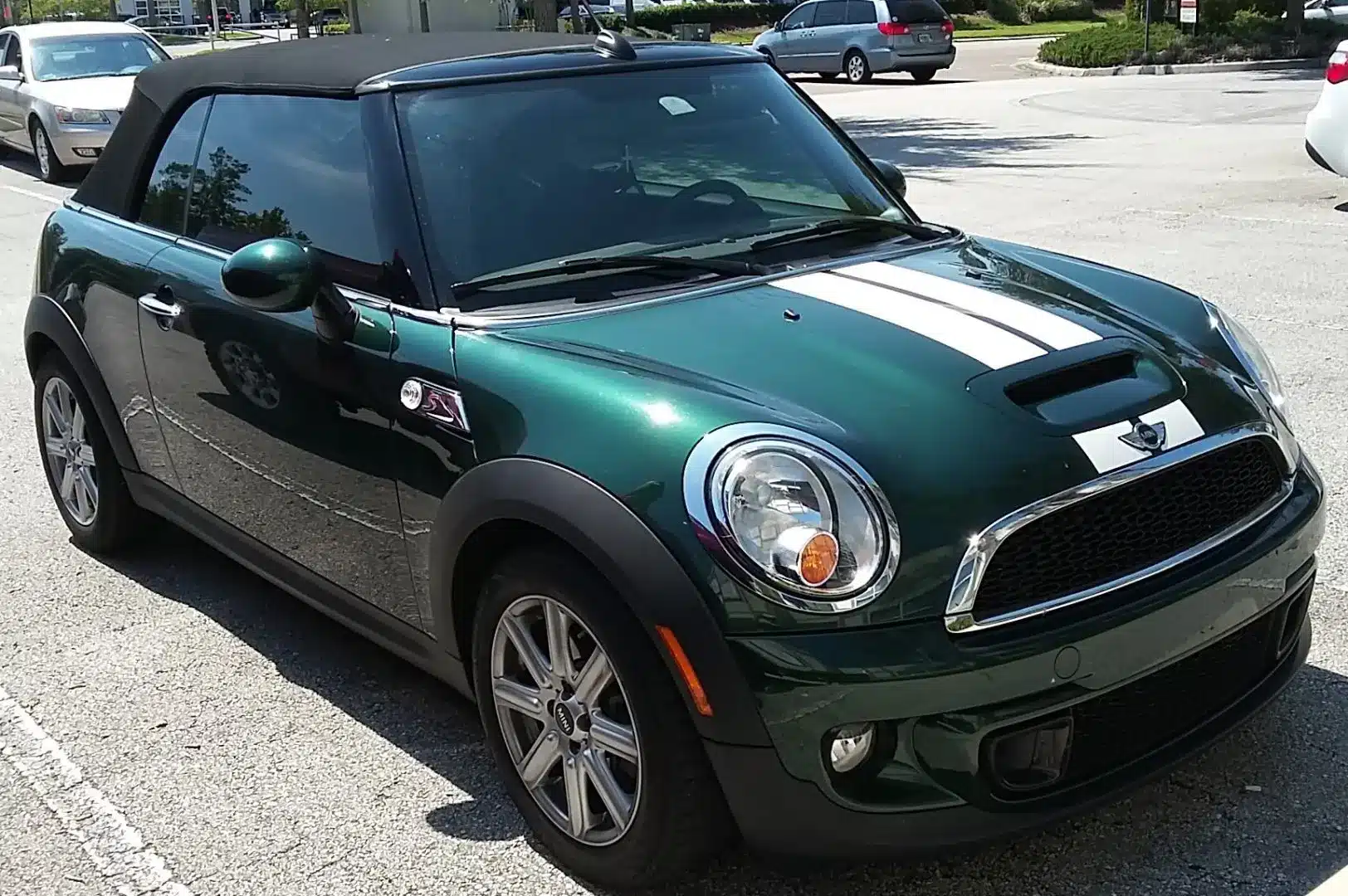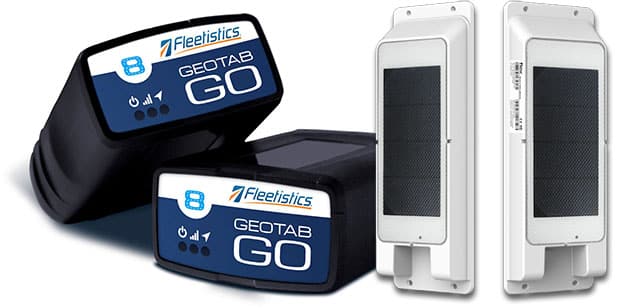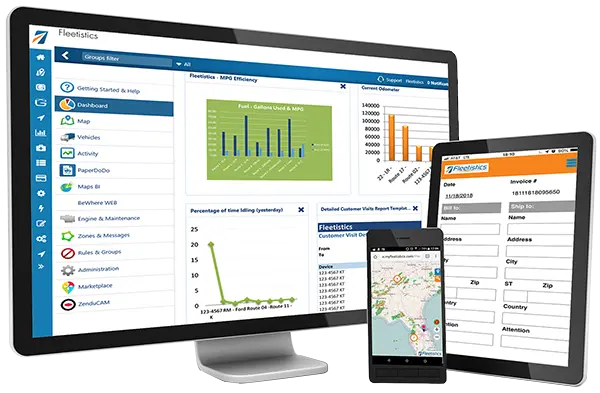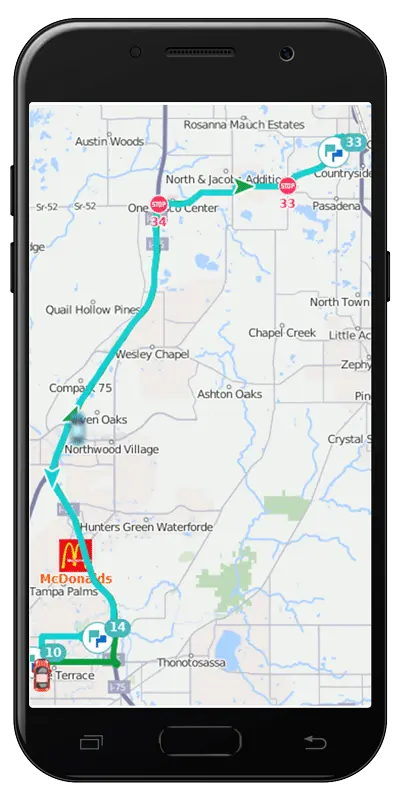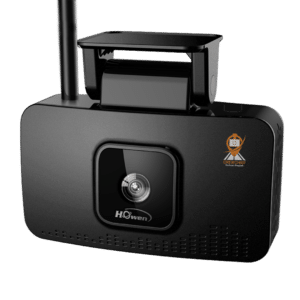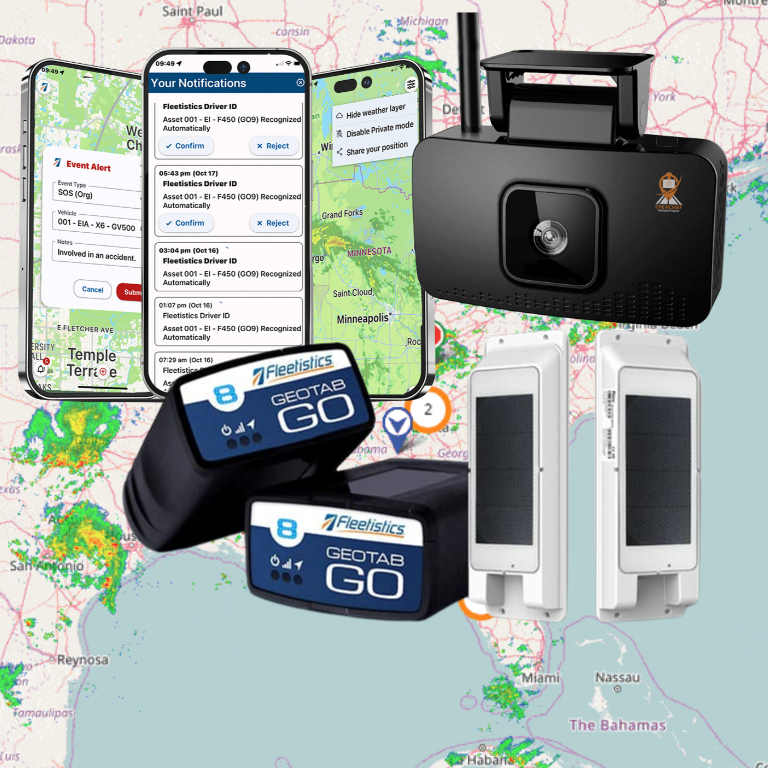You can’t always prevent collision damage,
but you can prevent the heartbreak. Thanks in part to Geotab’s Collision Reconstruction add on, there is a happy ending to what could have been a very sad story.
I think we all have a vision of our dream car from our youth. For me it was always a little red rag-top. A couple of years ago I found her. She was a Chili Red Mini Cooper with a blue denim convertible top. Her name, chosen by her previous owner, was Rosie.
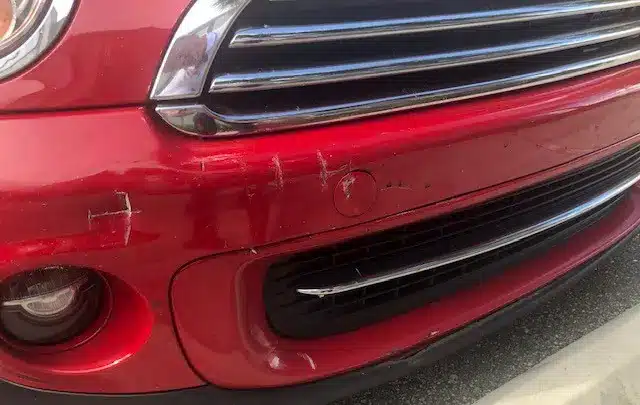

Accessing the Collision Reconstruction Data
The first thing I did when I got home was fire up the the computer to pull the accident data. With the collision reconstruction add on, it took just a couple of minutes. The truth is often not exactly what we remember,and in this case, that was the case.
How could I have been so certain I was at a complete stop when I was hit from behind? The collision reconstruction data showed I was driving 6 mph and slowing to stop. I wondered in that moment if the other drivers had similar flaws in their memory of the event.
Also, the data indicated an initial accident level impact at the rear of my vehicle propelling me forward at 6:07:06 PM. Two more minor spikes on the graph indicate backward motion at about half the force of the initial impact. I suspect one of those may have been the force of my roll bar deploying.
Processing the Claim
Processing of the claim for the collision damage was somewhat slow. The insurance company had to reach all three drivers involved for their statements before they could make a determination of fault. I had advised the insurance company that I had the data and could prove exactly what happened, but they had to go through their process.
Apparently the crucial information they needed from the driver in front of me, was how many impacts he heard, relative to what he felt, to verify that the rear vehicle actually hit me before I hit him. I wondered if his memory was clear on that point, but was confident the data would back me up if it was not.

Unfortunately,
The next day I received the dreaded call… after further review it was determined the frame was bent, and due to severe collision damage Rosie and I would not be seeing any more highway miles together. The insurance company settled, and I was off to find a new car.
Knowing that I had solid facts acquired through collision reconstruction, allowed me to negotiate from a position of power, rather than accepting whatever the insurance company decided. I had a nice fat down payment in my pocket, and my former loan was paid off.
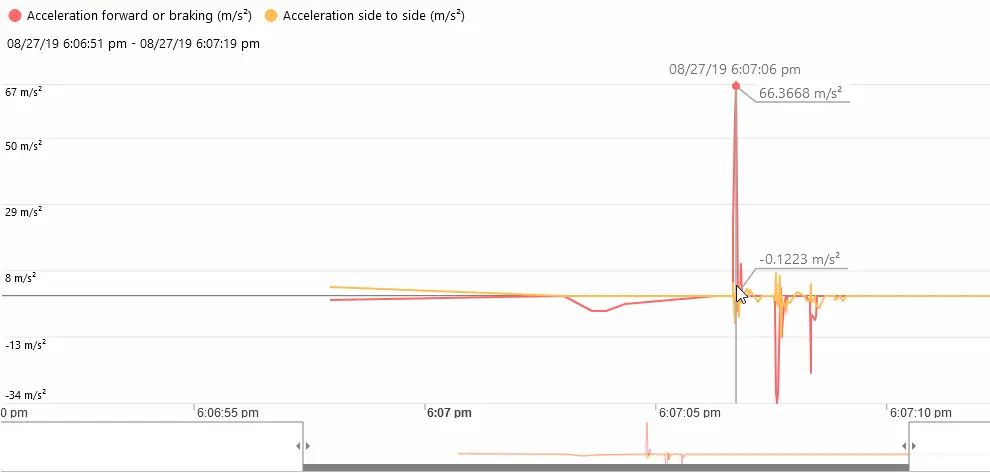
I promised a happy ending,
So here it is. Not quite 2 weeks from the collision event, I was driving my new car. I could not find another Chili Red one, but British Racing Green can grow on a person.
My new road pal is 2 years and 50K miles younger, has a turbo charger, and a far superior sound system. I am naming him Jack Hammer, after the salesman at the Mini dealer (I swear that is his real name).
